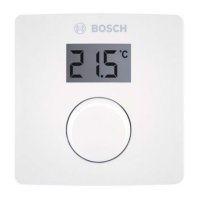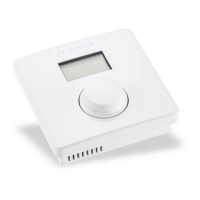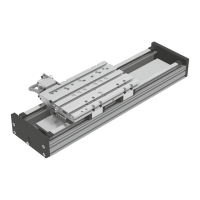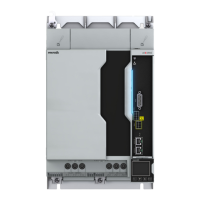Installation
17–14
1070 072 145-102 (01.07) GB
Interference suppression of inductive loads
As a rule, most controller outputs use built-in clamping diodes to reduce in-
ductive cut-off switching peaks to a benign level. This also applies to the out-
puts of the CL200 system.
However, the occurrence of a cable break, the removal of a plug connector
feeding an inductive load (e.g., solenoid valves and contactors, etc.), or the
intended shut-off via mechanical contact causes very high interference vol-
tage peaks. These can spread throughout the system via electrical, induc-
tive or capacitive transfer. To achieve the required attenuation, the inductive
load must be connected via appropriate interference suppression elements,
such as freewheeling diodes, varistors and resistance-capacitance circuits.
Due to their universal applicability, the use of bidirectional suppressor diodes
is recommended. These consist either of two polarity-reversed, series-con-
nected suppressor diodes, or of a polarized suppressor diode with bridge
rectifier. Premanufactured modules of these types are readily available.
Similarly well suited to the described purpose are varistor modules provided
by contactor manufacturers to match their contactor models, for example.
Filters
In normal circumstances, the interference resistance of CL200 modules
guarantees their proper functioning even in environments exhibiting relati-
vely high interference levels. To further improve EMC characteristics, it may
become necessary to introduce additional filtering measures. All such mea-
sures must be investigated on a case-by-case basis. Suitable filters may be
selected from a large variety of products provided by industry suppliers.
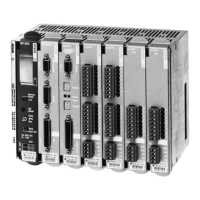
